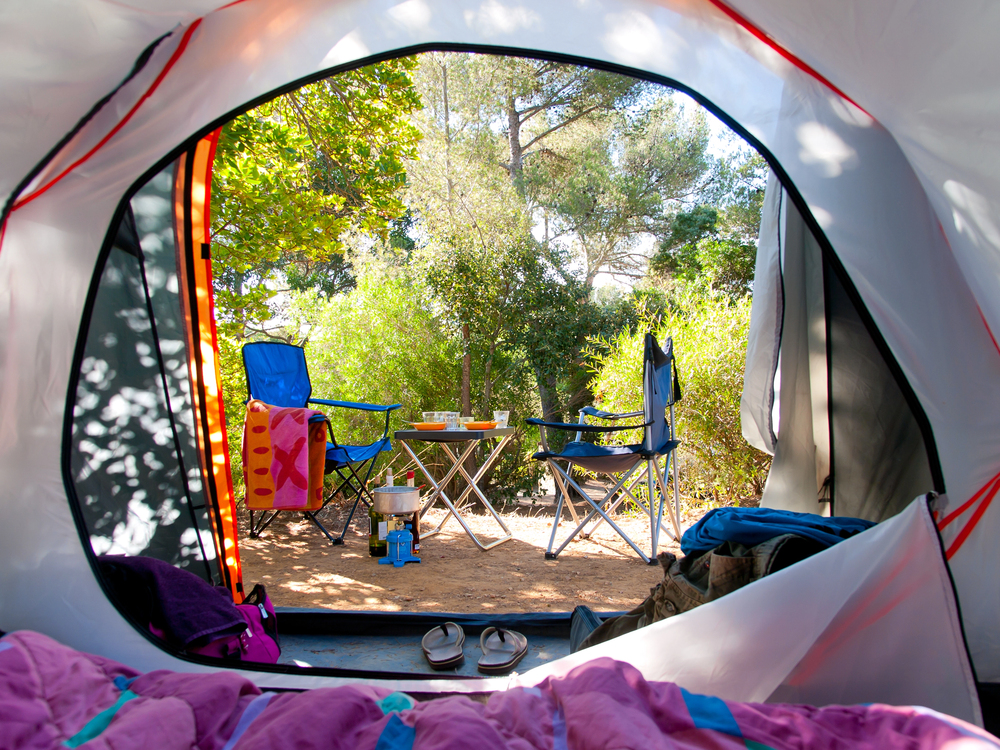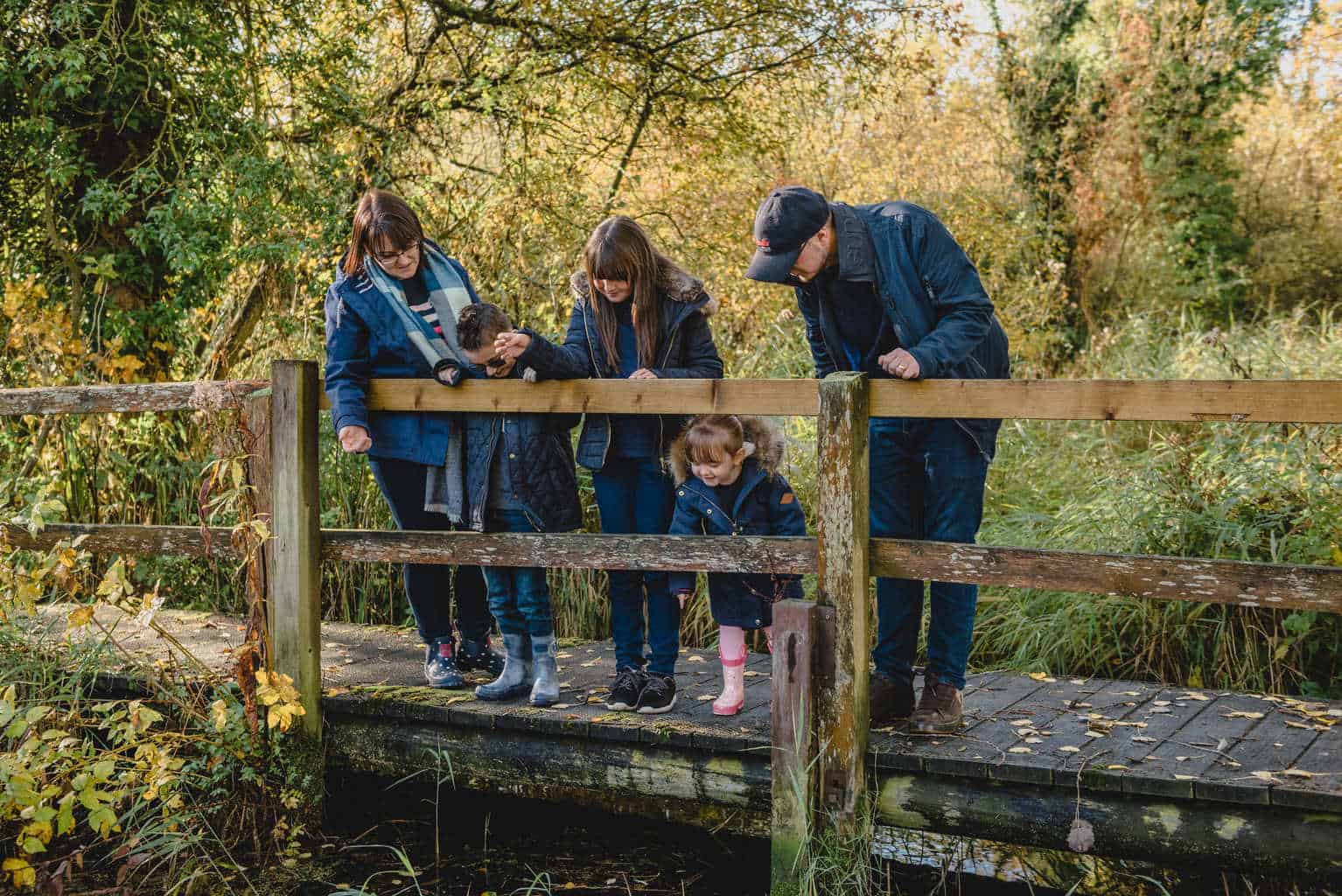Camping often requires hauling gear across uneven ground, and a regular cart may not handle the job well. A double decker wagon adds extra space and strength, making it easier to transport tents, coolers, and other bulky items in one trip. The right double decker wagon for camping is the one that balances capacity, durability, and ease of movement across different terrains.
Not all wagons perform the same, so choosing carefully saves time and effort at the campsite. Some models offer higher weight limits, while others focus on compact folding for storage in a car trunk. Wheel size, frame strength, and handle design also play a key role in how well the wagon performs outdoors.
The following guide breaks down the most important factors to consider and compares popular options designed for camping use. By the end, anyone planning a trip will know exactly which features matter most and how to select a double decker wagon that fits their needs.
Important Factors When Choosing a Double Decker Wagon
A double decker wagon must handle heavy loads, move smoothly on uneven ground, fold down for transport, and last through repeated outdoor use. Key features like load capacity, wheel design, storage convenience, and frame strength decide how well it serves during camping trips.

Capacity and Size Considerations
Load capacity sets the limit for how much gear the wagon can carry. Most models range between 225 lbs and 600 lbs, so campers should match the wagon to their typical hauling needs. A family with tents, coolers, and chairs may require a higher-capacity model, while lighter packers may be fine with a mid-range option.
Length and depth also matter. Extra-long wagons, often 50–54 inches, provide more space for oversized items like fishing poles or folding tables. The double-decker design adds a second layer, which helps separate bulky gear from smaller requirements.
Storage volume is usually measured in liters. Some models offer 400L or more, which is enough for multi-day trips. However, larger wagons can be harder to maneuver in tight campsites, so buyers should balance size with handling ease.
Wheel Type and Terrain Compatibility
Wheel design affects how smoothly the wagon moves across different surfaces. Large, wide wheels perform better on soft sand, gravel, or uneven trails, while smaller wheels suit paved paths. All-terrain wheels give the most flexibility for mixed conditions.
Front swivel wheels improve turning, which helps in crowded campgrounds or narrow trails. A wagon with brakes can also prevent rolling on slopes, adding safety when parked on uneven ground.
Some models advertise all-terrain performance but may still struggle in deep sand or mud. Campers who often visit beaches or rocky areas should look for wider wheels with tread patterns that grip the ground better. For general outdoor use, a balanced wheel size with moderate tread usually works best.
Folding and Storage Features
A wagon that folds easily saves time during setup and packing. Most double decker wagons collapse into a compact form that fits in a car trunk. Quick-fold frames with pull handles or push levers make the process simpler.
Compact storage is especially useful for campers with limited vehicle space. Some wagons fold flat, while others collapse inward like an umbrella. Buyers should check the folded dimensions to confirm they fit in their storage area.
Covers and straps help keep the folded wagon secure during transport. A waterproof double decker wagon can also protect stored gear from rain while folded or in use, making it a practical choice for unpredictable weather. Models like the foldable double decker wagon offer extra convenience with all-terrain wheels and a collapsible frame.

Durability and Construction Quality
The frame and fabric decide how long the wagon lasts. Steel frames support heavier loads but may weigh more, while aluminum frames are lighter but often less strong. Reinforced joints and welded connections add stability under heavy use.
Fabric choice also matters. Thick polyester or oxford cloth resists tearing and holds up against dirt and moisture. Some wagons include mesh panels for ventilation, which helps keep gear dry.
A waterproof coating improves performance in wet conditions. For campers who often face rain or damp ground, this feature prevents gear from soaking through. Checking weight ratings, fabric thickness, and frame design gives a clear idea of how well the wagon will handle repeated outdoor use.
Comparing Popular Double Decker Wagon Options for Camping
Different double decker wagons vary in weight capacity, storage design, and convenience features. Some models focus on heavy-duty hauling, while others prioritize compact folding and quick setup. Durability, ease of movement on uneven ground, and after-sales service also separate one wagon from another.
Notable Models and Their Key Features
Several camping wagons stand out for their balance of strength and storage. The Uniton Double Decker Wagon supports up to 600 lbs with a 400L collapsible frame, making it a strong choice for heavy gear. Its extended 54-inch base helps carry oversized items like tents or coolers.
Another option is the Timber Ridge 400L Double Decker Wagon, which holds 450 lbs and includes brakes for safety on slopes. Its extra-long shelf gives more room for large equipment without stacking everything on top.
The Uyittour 50-inch Sports Wagon handles about 485 lbs and folds into a compact size for easier transport. While slightly smaller in load capacity, it appeals to campers who want a lighter cart that still manages outdoor gear well.
Each of these wagons uses large all-terrain wheels, which improve stability on sand, grass, or rocky ground. Buyers should weigh whether maximum load, added safety features, or portability matters most for their needs.

Ease of Use and Setup
Campers value wagons that fold quickly and store without hassle. The Uniton collapsible wagon folds into a compact size despite its large frame, which helps in small car trunks. Its setup process takes only a few steps, so users spend less time preparing and more time outdoors.
The Timber Ridge model adds convenience with its fold-down tailgate, which makes loading bulky gear easier. Its braking system also improves control, especially on uneven ground.
The Uyittour wagon appeals to those who prefer lighter handling. It folds flatter than some heavier models, which benefits users with limited storage space at home. Each of these designs focuses on reducing effort during both transport and setup, which matters after long trips or during frequent use.
Warranty and After-Sales Support
Warranty coverage differs between models and can influence long-term value. Some wagons include limited one-year protection for defects in materials or construction. Others extend coverage for frames but not for fabric parts like the storage basket.
Buyers should also consider the availability of replacement parts such as wheels or fabric liners. A wagon that supports part replacement often lasts longer than one with no aftermarket support.
Customer service response times also matter. Quick assistance for damaged parts or missing pieces can save frustration. Therefore, checking warranty terms and support policies before purchase helps avoid problems later and adds confidence in the product’s durability.
Conclusion
Choosing a double decker wagon for camping depends on weight capacity, wheel design, and ease of folding. Each feature affects how well the wagon performs on different surfaces and how simple it is to pack away.
Shoppers should compare load limits, storage space, and handle design before making a choice. A wagon that balances strength with convenience will serve better across multiple outdoor uses.
In the end, the best pick is the one that matches their gear, terrain, and frequency of use. A thoughtful decision helps campers move equipment more efficiently and enjoy their trips with less effort.
Image Credit: depositphotos.com






























